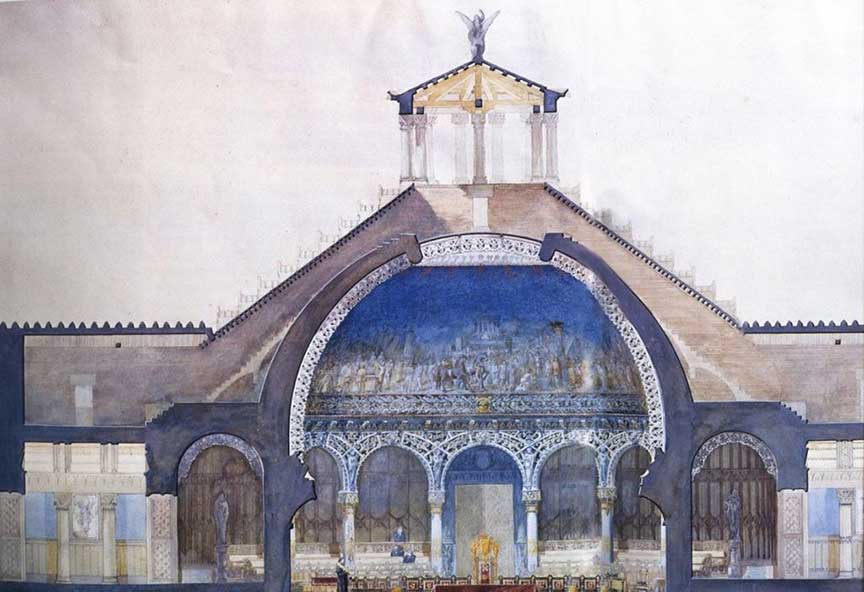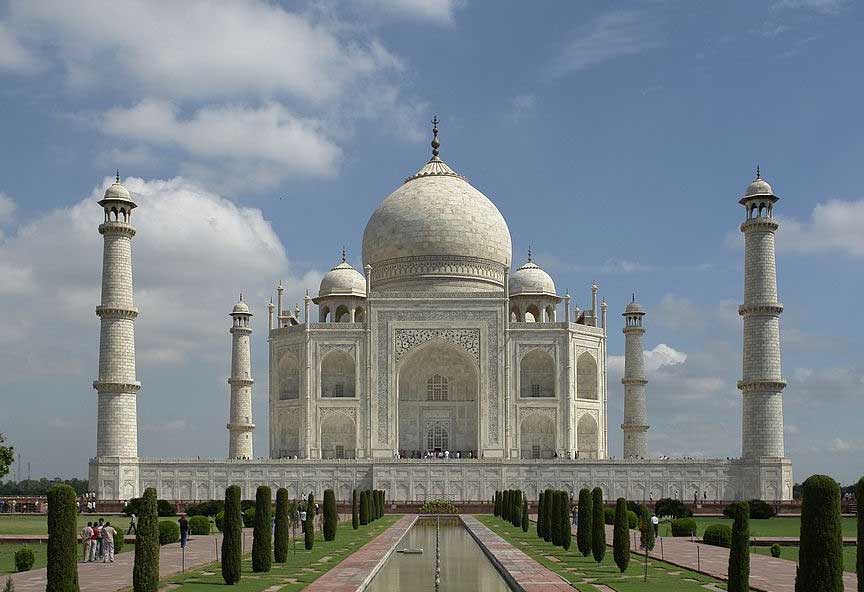If you are on this web site it means you have an appreciation of history. Part of history is the building and structures that have been built by people throughout the world.
From cruder structures to impressive monuments demonstrating mankind’s mastery of engineering and design, architecture spans across time and place. Depending on the time period, political alliances and available resources, architecture could be an artistic luxury or a practical necessity. Many countries have their own distint architecture and building styles.
Spain has a rich and tumultuous history, much like many European countries. Its architecture draws from a variety of influences thanks to its locations amongst its neighbors, as well as the different invading groups who brought with them their own style and techniques. In the late seventeenth century, Spain developed a unique version of Baroque which incorporated highly detailed and elaborate stucco decoration to its buildings, known as Churrigueresque.

In more recent centuries, Spain revived its sense of eclecticism within its architecture, drawing from multiple sources of inspirations and merging techniques from other artistic and architectural movements. One of the most famous Spanish architectural moments was brought about by Antoni Gaudi, whose buildings were uniquely designed and constructed with a warped sense of the Gothic.

The bulbous temple roofs of India are of Indo-Islamic influence. Many of India’s buildings are created with religion in mind, with delicate details and impressive symmetry. One of India’s most well-known buildings, the Taj Mahal, was constructed during the reign of Shah Jahan at the peak of what is known as Mughal architecture. Due to its burgeoning population, Indian temples and other extravagant buildings are bordered by slums and shanty-towns, where the architecture relies more on the few available resources that people can find and use.

The Netherlands, particularly its capital city Amsterdam, is cleverly constructed to accommodate an intricate series of canal networks. The architecture is often narrow and closely packed to make the most of the land between canals, although some buildings extend backwards or upwards to increase usable space. Being close to water means that many of the buildings will be either guarded against or prepared for flooding.
China is another country with centuries of historic wars, conquerors and dynasties. Each shift in political, religious and social spheres in turn had an impact on China’s architecture. Huge, ornately decorated temples with iconic roofs have become a symbol for the country worldwide. Nowadays, thanks again to the growing population, China has become a crowded and difficult place to live, leading to creative and unique methods of constructing practical architecture. Urban planning in China is based on Feng Shui and focuses on using space efficiently.
Despite being a small island, the impact of the United Kingdom on the rest of the world throughout history is still reverberating across the globe to this day. Due to constant colonialism, the British Empire was both influenced by and influenced the architecture of the countries it visited. Ancient castles from the Middle Ages still litter the country, as well as tenements, townhouses and a plethora of architectural movements including Georgian, Victorian and Edwardian styles.
If you find that you love learning about different types of building styles and ways you might consider making it your carreer. You could decide to become an architict and go to one of the many great schools for architicts. Another direction to go is to study construction and become a construction manager. For that you can even receive a Master of Construction Management.. Or you can just travel the world and enjoy the very different architectures that exist.